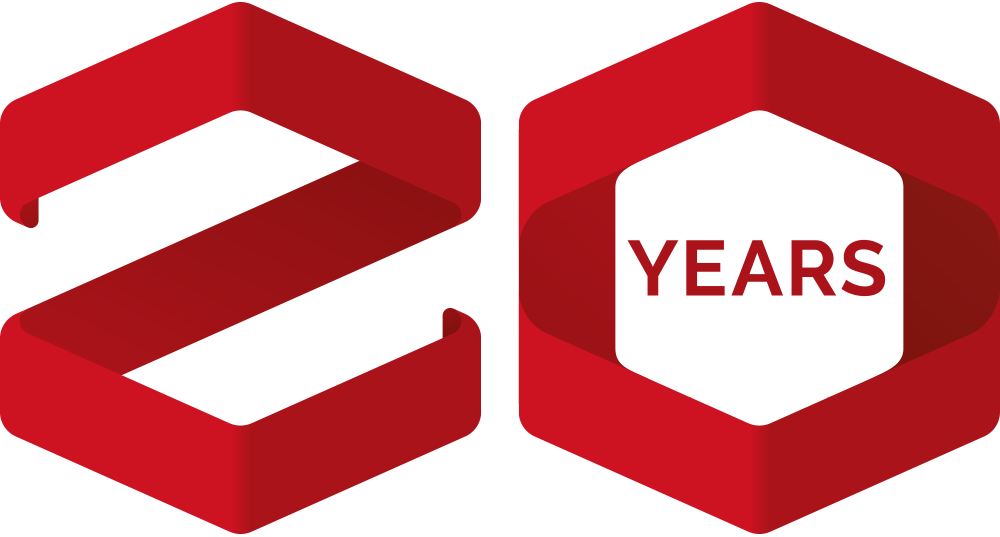Research Management
Ecosystem
Powering the research management ecosystem Symplectic's goal is to reduce the administrative burden on researchers, in order to help them get on with doing what they're best at - research.
We work in pursuit of the advancement of knowledge, delivering flexible research solutions that help universities, institutions and funding organisations achieve their research goals.
2003
Symplectic is launched out of Imperial College
Symplectic is created At Imperial College by four friends studying theoretical physics: Daniel Hook, John Fearns, Marko Ivin & Phil Parkin.
John Fearns: "Theoretical physics can get quite lonely! Collaborating with colleagues, focusing on real world tasks and sharing the success is a way of working I much prefer."
Symplectic was founded with the aim of reducing the administrative burden on researchers, in order to help them get on with doing what they're best at - research.
The research lifecycle by its very nature is information-heavy, which translates into a lot of paperwork, data entry, and administration - whether that is carried out by the library or the research officer, or by faculty and researchers themselves. The outputs and metadata surrounding research present an information management problem: how can we control and manage our research and scholarly information, how can we make it discoverable so that it can be utilised to the best benefit of society, and how can we track and gain actionable insight into it?
Symplectic was launched at Imperial College in 2003 by four friends studying theoretical physics (Daniel Hook, John Fearns, Marko Ivin & Phil Parkin), who were frustrated by the experience of using outdated, fragmented systems while working on their PhDs. Together, they took on the challenge of freeing up researchers and administrators so that they could concentrate on their core mission and other value-add activities rather than manual, repetitive admin, giving them more time to spend on what's important: driving and enabling global research.
John Fearns: "Theoretical physics can get quite lonely! Collaborating with colleagues, focusing on real world tasks and sharing the success is a way of working I much prefer."

2005

2005
Publications functionality trialled at Imperial College across Faculty of Medicine & Faculty of Life Science
During their research, the founders realised that university staff and researchers were in need of simple, effective software to enable academic institutions to collect, contextualise and raise visibility of their research outputs.
2006
Elements launches across Imperial as "Symplectic Publications"
John Fearns: "Elements began with helping academics tell their university what they're doing; you don't want to be spending all day filling out sheets when you can click a button and do it in two minutes - that's exactly where (and why) we entered the market."
They remain a client to this day.
It became clear that what university staff and researchers were in need of was simple, effective software that would enable academic institutions to collect, contextualise and raise visibility of their research outputs. This was the genesis of Symplectic Elements, which was first trialled as 'Symplectic Publications' across Imperial College's Faculty of Medicine and Faculty of Life Science. In 2006, after the successful trial period, 'Symplectic Publications' was rolled out across the entirety of the Imperial campus - where it remains in use to this day, albeit looking very different!
John Fearns: "Elements began with helping academics tell their university what they're doing; you don't want to be spending all day filling out sheets when you can click a button and do it in two minutes - that's exactly where (and why) we entered the market."

2006
⭐ Worldwide Cancer Research (then known as the Association for International Cancer Research) becomes the first Grant Tracker client. They remain a client to this day.
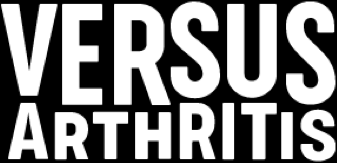
2007
⭐ Versus Arthritis (then known as Arthritis Research UK) becomes a Grant Tracker client. They remain a client to this day.
2007
Symplectic Publications explores interoperability, integrating with DSpace, InfoEd and RAE systems.
"Leveraging the interoperability between Symplectic Elements and DSpace has increased policy-driven institutional repository deposits by over 350%."
2009
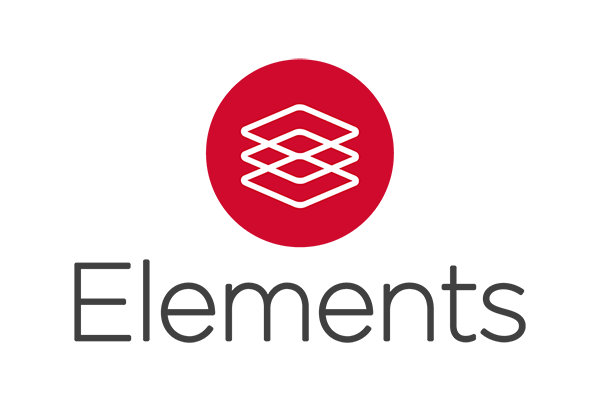
"Symplectic Publications" rebrands as Symplectic Elements
✔️ First commercially available research information management system to draw on data from external sources to populate records and save academic time.
✔️ First commercially available research information management system to draw on multiple external sources and to handle this gracefully.
✔️ First research information management system to connect to a digital repository and be "open access aware".
"Symplectic Publications" rebrands as Symplectic Elements
Symplectic was at the forefront of developing and defining the role of the Research Information Management System, continually innovating and exploring new integrations and interoperability to support the complex and fragmented research ecosystem.
Symplectic Elements as we know it today came about in 2009, with a rebrand and a fresh new logo designed to hark back to the library catalogue card while representing the many layers of publication data. Elements was the first commercially available research information management system to draw on data from multiple external sources to populate records and save academics time, and the first to be"open access aware" and connect to an institutional digital repository in order to enable open access deposit (at this time, DSpace; with the later additions of EPrints, Hyrax, and Figshare).
Drawn by the reduction in repetitive administration and double-keying data enabled through Elements' integration with multiple sources and automatic population of data, Symplectic Elements as a commercial entity grew rapidly, signing up world-renowned institutions such as University of Oxford and University of Cambridge, and increasing its global footprint through clients in Australasia (University of Auckland, 2010) and North America (Duke University, 2012).

⭐ University of Cambridge becomes a Symplectic Elements client. They remain a client to this day.

⭐ University of Oxford becomes a Symplectic Elements client. They remain a client to this day.

⭐ Alzheimer's Research UK becomes a Symplectic Elements client. They remain a client to this day.

2010
⭐ University of Auckland becomes the first Elements client outside of the UK, forging the way to Symplectic becoming a truly global company. They remain a client to this day.

2010
Digital Science is launched out of Nature Publishing Group
On 7th December 2010, a crowd gathered in the atrium of the old Nature building in Crinan Street, with champagne glasses charged to toast the launch of a new initiative at Nature: A new division dedicated to the development of software to support researchers, codenamed "Project Babbage".
Digital Science is launched out of Nature Publishing Group
As the Project Babbage team toasted the launch with champagne in the atrium of the Nature building, Symplectic's co-founders were upstairs in the board room finally signing investment paperwork. Accordingly, Symplectic became part of the Digital Science family in 2011 - soon to be followed by many more!
2011
Symplectic announces an Elements module focused on interfacing with popular institutional repository platforms to help drive open access initiatives.
With Open Access becoming an increasingly important driver in both Europe and Australia, Symplectic expanded its 'open access awareness' beyond DSpace integration, introducing the 'Repository Tools' module in 2011 to enable integration with institutional repositories (including Figshare for Institutions, EPrints and Hyrax) in order to drive open access initiatives. Elements now had the ability to identify publications and outputs that were eligible for institutional or governmental open access policies and flag them for deposit, helping to guide researchers to take easy action at the push of a button. We also introduced functionality allowing administrators to act on behalf of researchers, giving multiple routes toward Open Access compliance.
The introduction of the OA Monitor within Elements in 2015 went a step further, letting institutions easily monitor and report on their researchers' levels of engagement or compliance levels. Using the OA Monitor, administrators could now filter publications by parameters to review progress, record exceptions, and track library status.
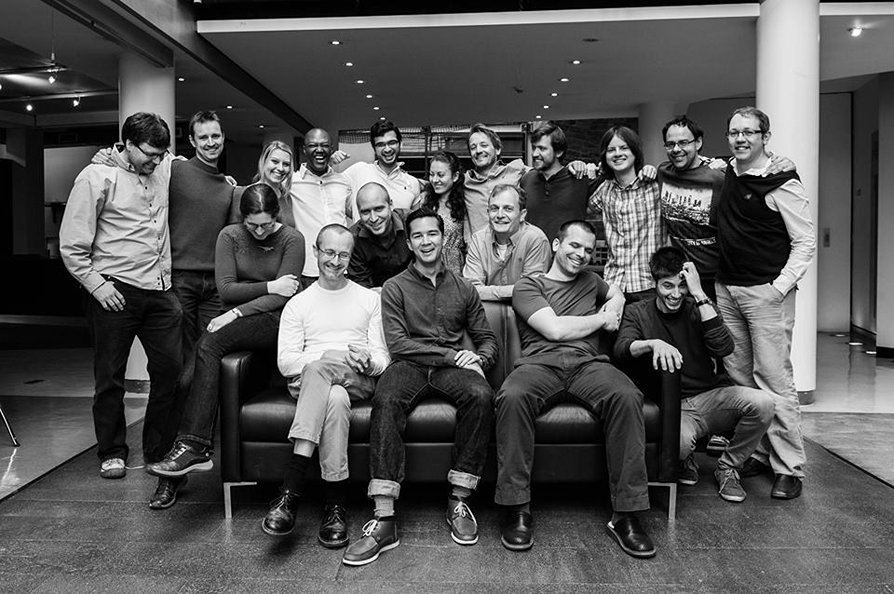
2011
Symplectic becomes part of Digital Science
"I've been quite fortunate at Digital Science in that Digital Science made the major strategic decision to invest in start-up companies, so I've effectively worked with a lot of entrepreneurs; people who have taken the risk to start their own business or their own venture. I would call those the visionaries, the people who have got a really great idea or a problem to solve or something they've seen in the industry that we work in that needs improving."
Symplectic becomes part of Digital Science
All Digital Science 'portfolio' companies have a shared vision: that of a future where a trusted, frictionless, inter-connected research ecosystem drives progress for all. We aim to help people who make a difference make a difference - by making open, collaborative and inclusive research possible.
Becoming part of Digital Science gave Symplectic the means to work closely with other products and platforms which link together to mutually enhance and augment each others' data sets, giving users of multiple products the most comprehensive view of their research ecosystem. Beginning in 2015, we introduced Figshare and Dimensions as data sources - enabling integration between Elements and Figshare for Institutions, and providing a powerful source of grants and patent data via Dimensions.
As Symplectic, Figshare and Dimensions are all part of Digital Science, our product and implementation teams are able to collaborate seamlessly in order to provide a joined-up experience for our clients that utilises common technologies and processes. However, we never mandate that clients only use our chosen platforms and continue to provide support for alternative third-parties. Symplectic has always prioritised openness and interoperability, and is proud to say we offer the widest range of data sources in the industry for Symplectic Elements - going beyond just publications metadata and capturing citations, altmetrics, and other research metrics as well as direct links to open access files.
2012
Jonathan Breeze joins Symplectic from Imperial College London and moves into the role of CEO as Daniel Hook moves onto the central Digital Science team, later to become CEO of Digital Science in 2015.
"Symplectic operates in a very exciting space and I am really looking forward to taking a leading role in shaping the company's future".
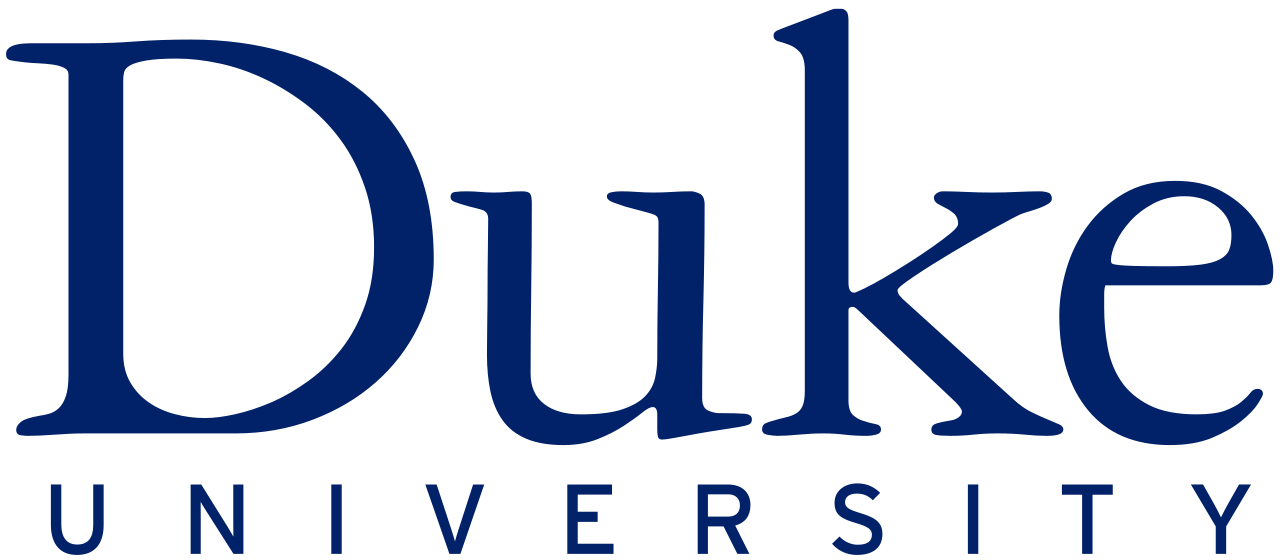
⭐ Duke University becomes the first Elements client in North America. They remain a client to this day.
In 2012, Symplectic took another big global step with its first client in North America, Duke University. Not only did Duke implement Elements as a research information management system, it also integrated with its DSpace repository - DukeSpace - and worked with Symplectic to create Scholars@Duke, an implementation of VIVO. Scholars@Duke is a researcher expertise portal which publicly features the scholarly, research, and activities of Duke faculty and academic staff.
2013
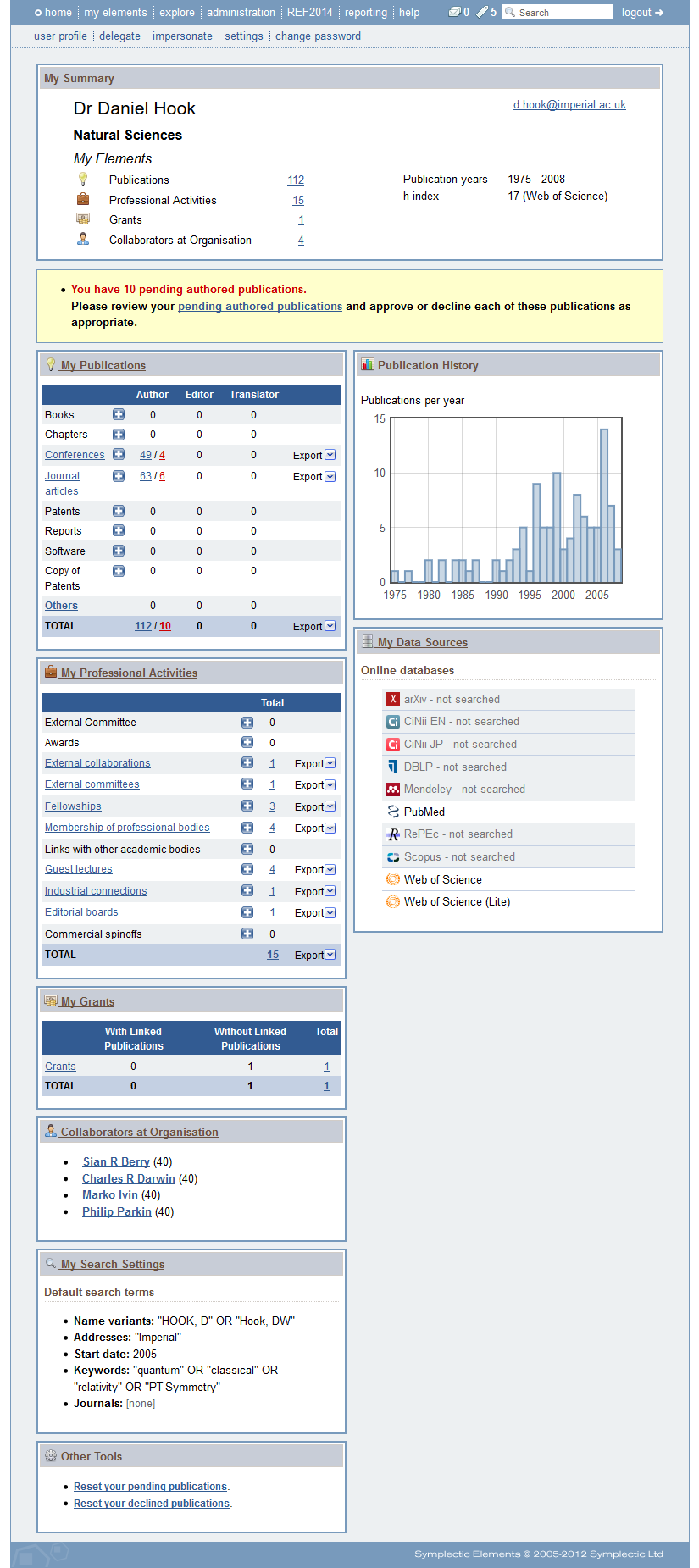
2013
Elements is widened out from its primary role as a publication management system to encompass all scholarly activities a researcher would be associated with, such as research data, grants, teaching and professional activities. Over time, the system went through multiple evolutions, working closely with the research community to add functionality specific to their needs.

⭐ Natural History Museum becomes a Symplectic Elements client. They remain a client to this day.
The Natural History Museum houses over 70 million natural history specimens, including six million rare books and an extensive collection of specimens collected by Charles Darwin during his research career. Elements allows staff at the museum to drastically reduce the time spent collecting bibliographic data and maintaining records of their research activity.
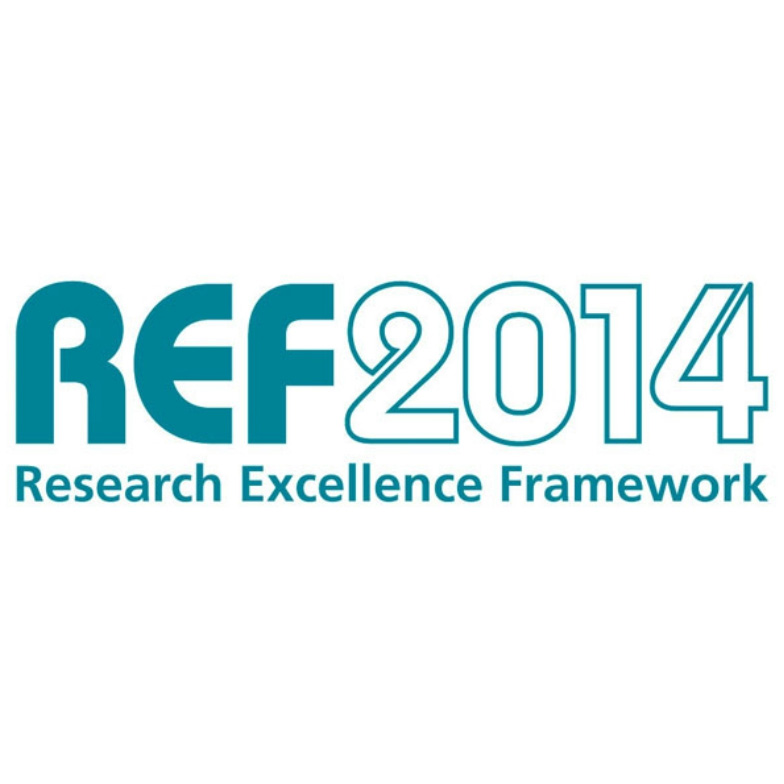
Research Excellence Framework (REF) Steering Committee formed
The Higher Education Funding Council of England announces its OA framework for the REF, mandating OA to guarantee future research funding.
"There is no single way for a vendor to prescribe functionality to the research community, so it's far better to be consultative and work together in partnership. Over time, working through REF 2014 and then REF 2021, we developed the trust from clients that we could work with them effectively to solve the challenges set by the Research Council."
The Research Excellence Framework is a UK-wide process of expert review designed to assess the quality of research in UK higher education institutions, and contemporaneous to ERA (Excellence Research for Australia) in Australia, or the PBRF (Performance Based Research Fund) in New Zealand. For HEIs in the UK, the REF is not only a part of securing funding and demonstrating societal impact, but also a key contributor to an institution's reputational ability to attract a high calibre of talent and knowledge across faculty, students and researchers.
The REF was first carried out in 2014, replacing the previous Research Assessment Exercise (RAE).
Symplectic worked closely with a REF steering committee made up of 11 UK-based higher educational institutions, representing a variety of sizes and disciplines, in order to identify and explore their needs. Steering committee participants were University of Exeter, Anglia Ruskin University, Loughborough University, University of Liverpool, University of Oxford, University of Sheffield, London South Bank University, University of Cambridge, Imperial College London, Liverpool John Moores University, and University London, and included stakeholders across IT, business departments, the library and the research office.
Symplectic staff worked with members of the committee in a highly consultative, collaborative manner to define scope and priorities, benefiting from the deep domain experience of our clients in the research community and providing a forum for open discussion and knowledge sharing.
The result is a powerful workflow management tool built on top of the Assessment Module in Symplectic Elements, which acts as a full submission preparation and management tool for all research outputs and staff information required as part of the REF exercise.

2014
Symplectic becomes the first Registered Service Provider for the VIVO project, an open source semantic web application which - when populated with information from research information management systems such as Elements - builds out discoverable public profiles for institutional researchers.
VIVO is an open source semantic web application which - when populated with information from research information management systems such as Elements - builds out discoverable public profiles for institutional researchers. Symplectic worked closely with VIVO for many years, supporting VIVO conferences and launching many public institutional discovery portals (also known as Expert Finder Systems, or Faculty Information Systems) built upon the technology integration. In 2014, Symplectic was proud to become the first Registered Service Provider for the VIVO project, and continues to integrate with VIVO for a number of clients to this day - while other institutions now choose to utilise Symplectic's own Discovery Module (introduced 2019 following community feedback) in order to seamlessly populate public-facing profiles.
2014
ORCiD integration, CV export, REF2014 steering committee
Symplectic develop an On Acceptance workflow for researchers to be encouraged to deposit their works after being accepted for publication, ahead of HEFCE's mandates coming into effect.
2015
OA Monitor, Figshare as a data source, Dimensions as a grants data source
2016
Cloud hosting, Impact Module, Assessment Module
2017
2 way repository integration, automated harvesting
2018
Figshare integration, Dimensions as a publications data source
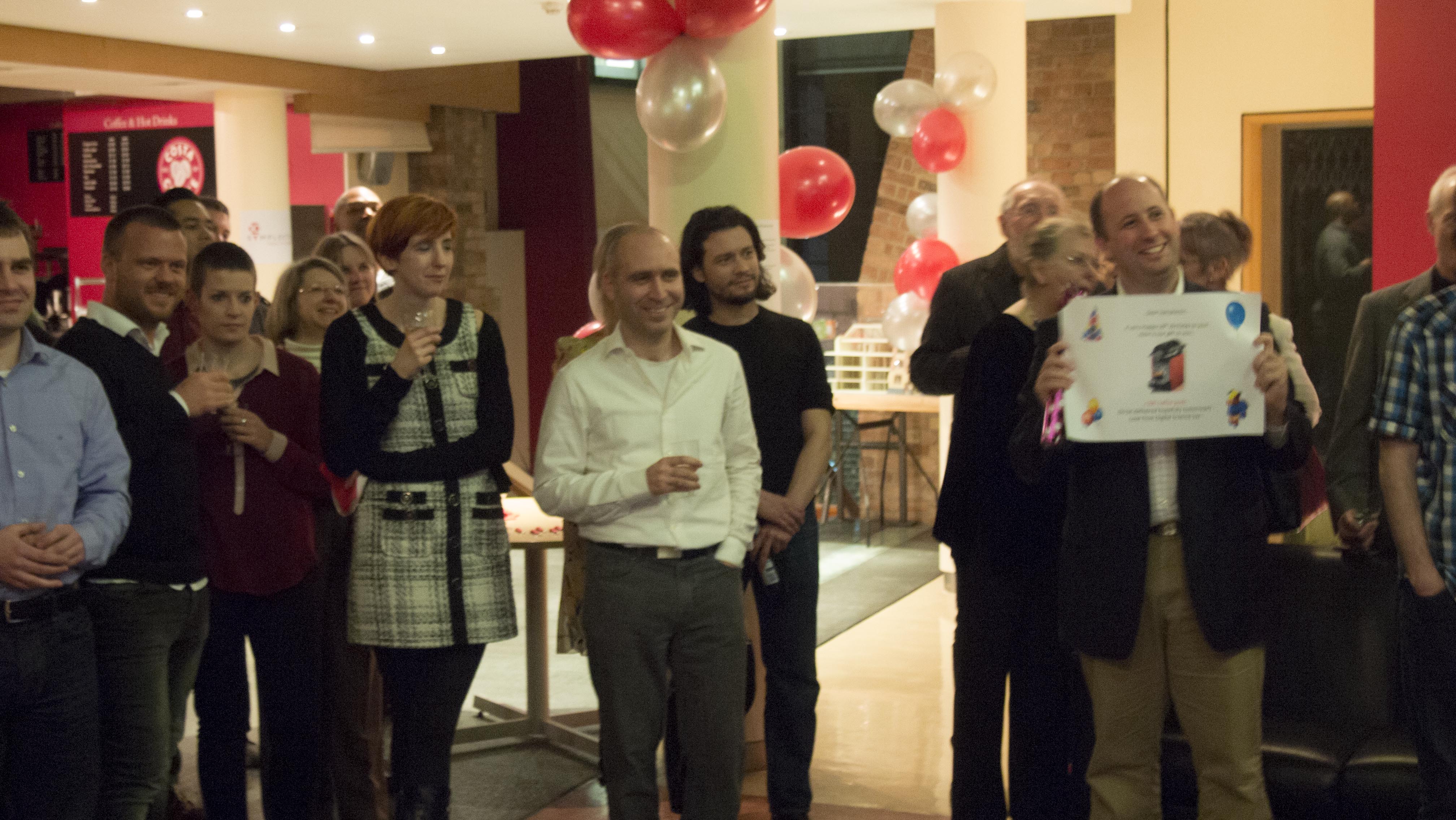
Symplectic celebrates its 10th Anniversary

⭐ The University of California awards contract to Symplectic for the implementation of a publication harvesting system to support UC's Open Access Policy.
The California Digital Library (CDL), in conjunction with University of California campus partners, selected Symplectic as the vendor to implement a publication harvesting system in support of the UC Open Access Policy, passed by the Academic Senate in July 2013. University of California was an early proponent of Open Access, launching its eScholarship repository in 2002 to enable researchers to have direct control over access to their work.
Following the implementation of Elements as a route to deposit publications, CDL has seen exponential growth in the amount of deposits into eScholarship - which this year also celebrates its 20th anniversary! eScholarship serves as the institutional repository for the ten University of California campuses and affiliated research centers.

Wellcome Trust goes live with Grant Tracker, managing £800m of awards.
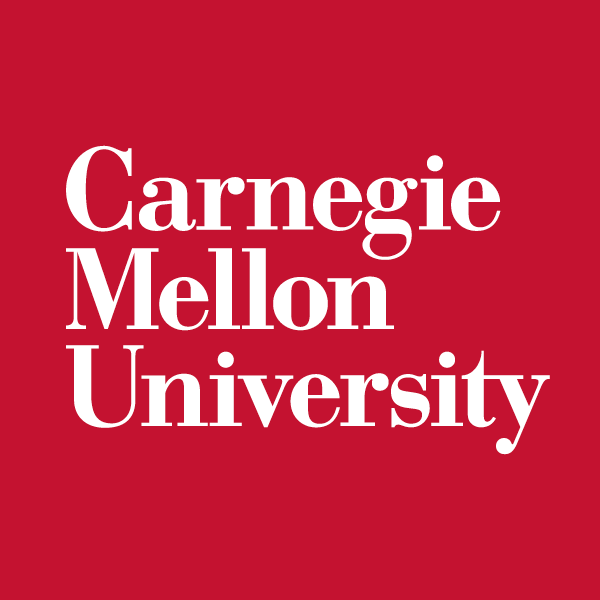
2016
⭐ Carnegie Mellon University partners with Digital Science to roll out Symplectic Elements, Dimensions, Figshare for Institution and Altmetric Explorer.
"The library is at the heart of the work of the institution and must provide a reimagined 'intellectual commons' for a campus community. With this partnership, we have the opportunity to position ourselves as a world leader in the development of the scholarly ecosystem."
Carnegie Mellon University elected to roll out Symplectic Elements, Dimensions, Figshare for Institutions, and Altmetric Explorer, with public researcher profiles surfaced using the Symplectic Discovery module through Scholars@CMU. The use cases include service tracking, faculty annual reviews, publications monitoring, public directory, custom reporting, data visualization and analysis, data feeds to external websites, open access research and scholarship, data migration from historical systems, researcher identity management, and mapping faculty research to Sustainable Development Goals.
Powerful bidirectional integration with Figshare means that researchers could deposit via either Elements or directly to Figshare. Publications deposited directly into Figshare are then automatically harvested by Elements, creating a new record or and being linked to an existing record - retaining a consistent, comprehensive and current picture of all of a researcher's publications.
Integrating with Dimensions offered the first fully searchable grants data source for Symplectic Elements and automatically created links between publications and grants. Dimensions is the only Elements data source that can harvest records for both publications (including preprints) and grants, and, in addition, create links between the two. Dimensions also disambiguates authors automatically and provides researcher IDs which can be used to automatically claim publications and grants.
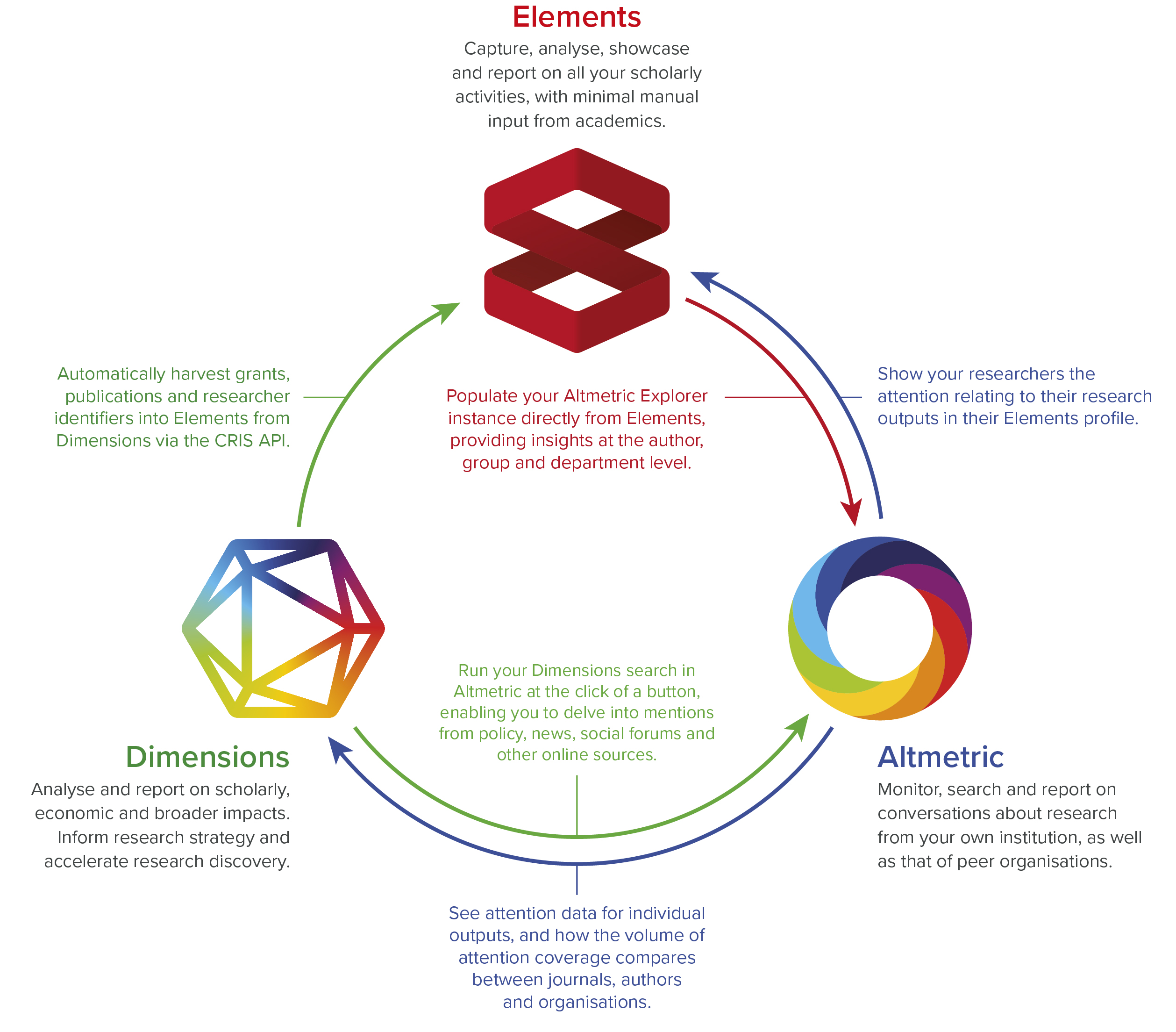
Improved integrations throughout the Digital Science ecosystem.
2018

The Ohio Innovation Exchange (OIEx) launches in 2018.
Built upon Symplectic Elements and Dimensions, OIEx is a searchable web portal of experts, equipment and services, designed to connect Ohio's academic experts with business and industry to drive innovation.
The Ohio Department of Higher Education together with eight participating universities launched the Ohio Innovation Exchange (OIEx) in 2018, built upon Symplectic Elements and Dimensions and designed with the specific goal to connect Ohio's academic experts with business and industry to drive innovation.
As of today, OIEx provides an openly accessible platform featuring profiles of over 10,000 STEMM-focused faculty experts as well as information about equipment, research support services and intellectual property (IP) from across the higher education system in Ohio. OIEx provides extensive search functionality and an intuitive interface, which allows visitors to find relevant experts and explore each institution's publications, patents and equipment. It also facilitates connections with the OIEx human network, a team of university-embedded, industry liaisons who help visitors find more information and build strategic partnerships with researchers and institutions.
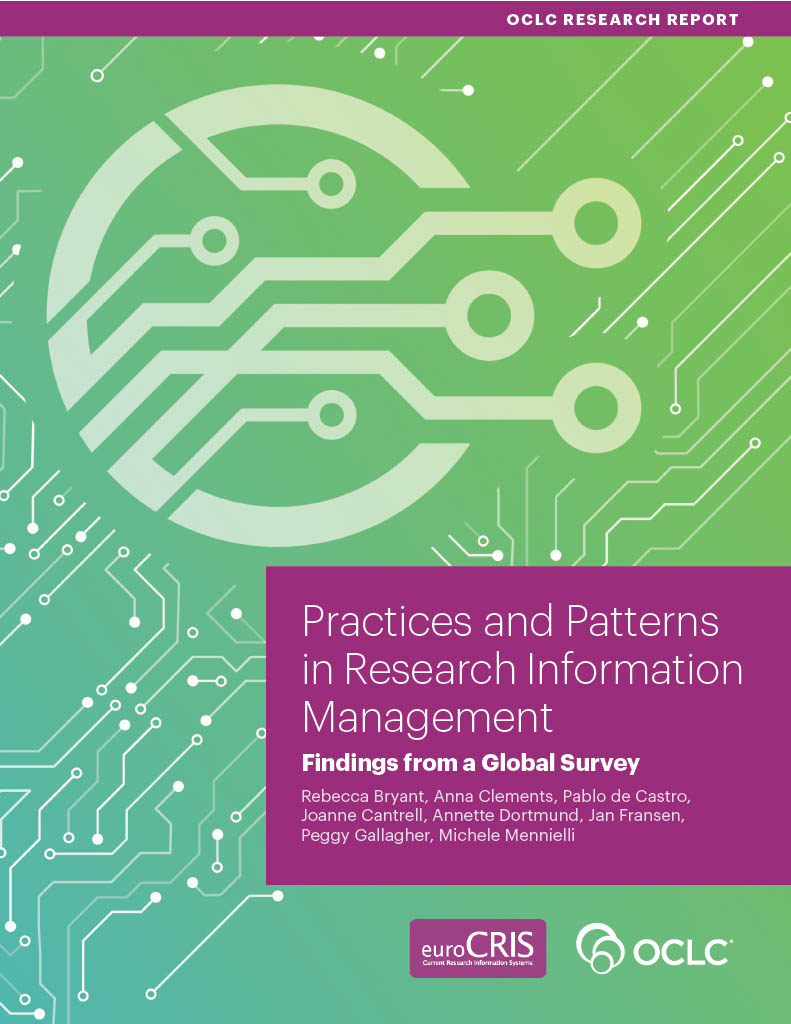
2018
Symplectic Elements is ranked first in customer satisfaction in a 2018 OCLC Global Survey & Report, with a 91% satisfaction rate.

⭐ Macmillan Cancer Support becomes a Grant Tracker client. They remain a client to this day.
"This grants management system will streamline our research funding management processes, providing valuable time for our teams to focus on ensuring that Macmillan's research investments maximise their potential for improving the lives of people with cancer."
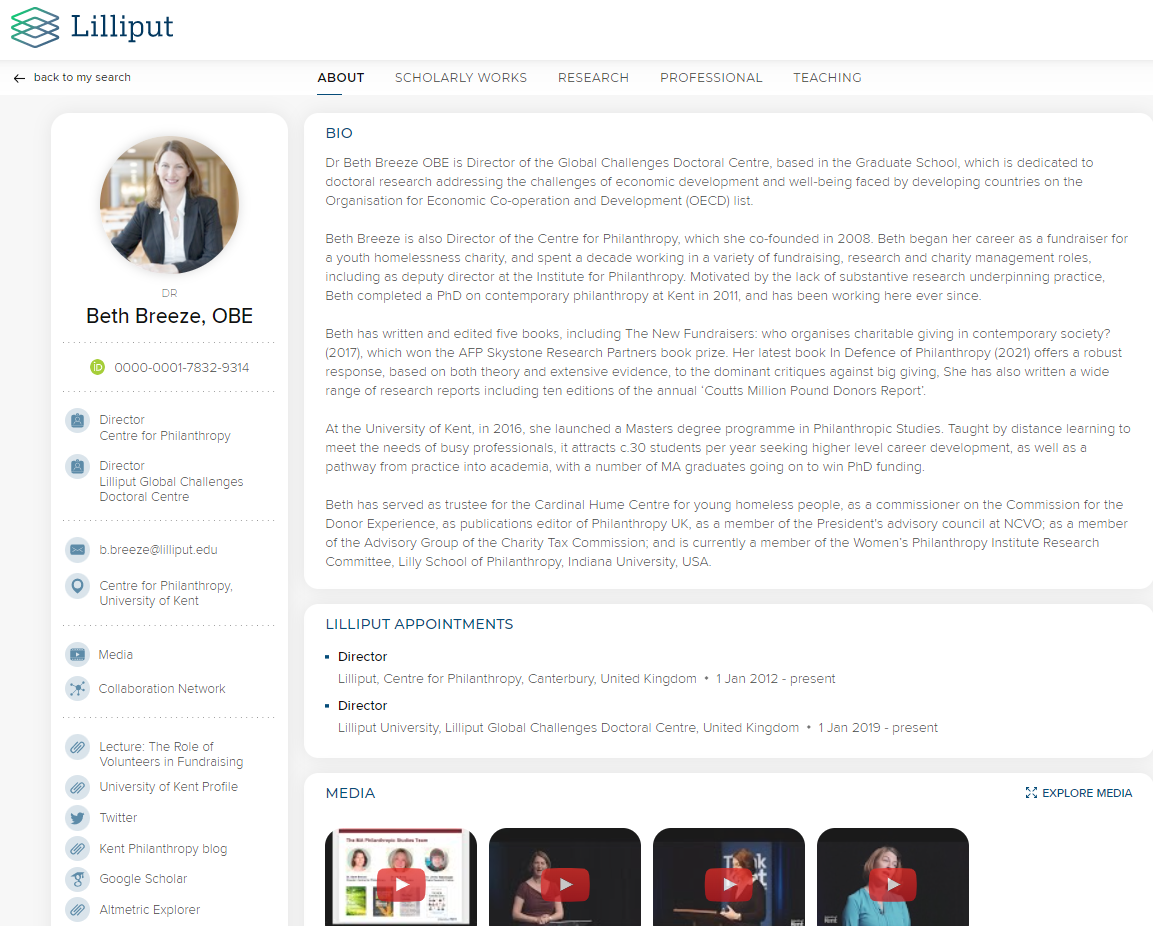
2019
Discovery Module is launched to deliver Public Profiles
When Elements was first introduced to institutions to assist with the automated capture of publication information its full potential was unclear. However, institutions soon realised Elements could also help them showcase their researchers' work and expertise externally through public profiles.
"In an age of public knowledge and interdisciplinary research, it is really important to make ourselves available. We need something that can make that information come to the surface easily but also in a way that people can browse and search."
Following the success of showcasing academic experts in public profiles as part of the OIEx project, Symplectic introduced the Discovery Module in 2019 to provide a public portal for institutional researchers and faculty that could be seamlessly populated from within Elements.
The Discovery Module repurposes the rich and often unique data already collected within Elements to populate fully-rounded profiles including biographical information as well as publications, grants and professional & teaching activities. The Discovery Module aims to make your researchers and their expertise as discoverable as possible. The popularity of the Discovery Module grew quickly, with 46 institutional instances either live or being implemented as of 2022, including Virginia Tech, Victoria University of Wellington, University College Dublin and the National University of Singapore.
The Discovery Module continues to expand the types of objects it can showcase in order to reflect the changing approach to how institutional "expertise" is defined, introducing Equipment profiles in 2021 to support industry-leaders such as Ohio Innovation Exchange and Victoria University of Wellington, and evolving to encompass technologies, services, and patents.
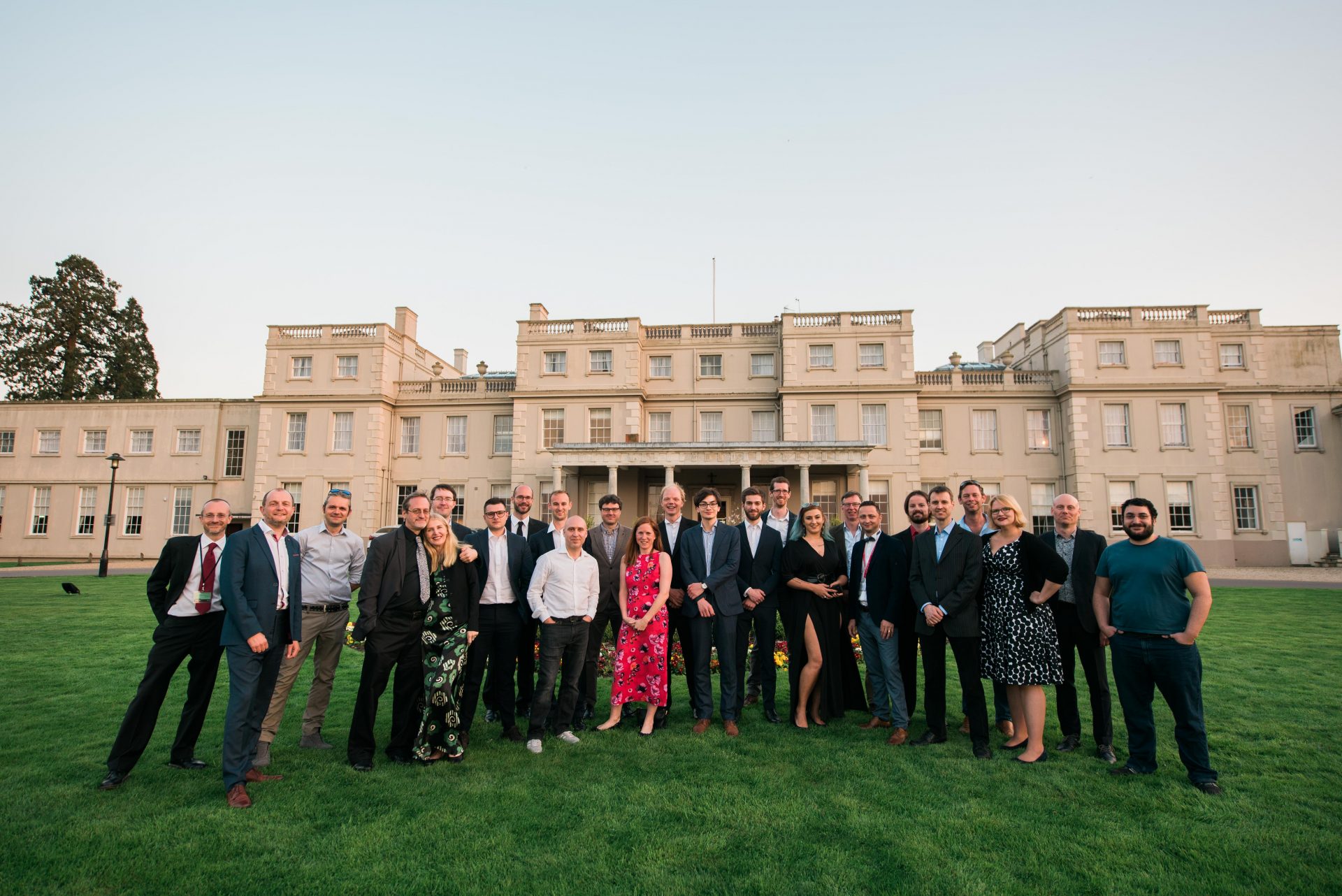
2019
Discovery module, Reporting & Analytics
2020
v6 release, 2 way ORCiD integration
2021
Research Funding Solution launched, Dimensions enhancement (preprints, SDG labels), Equipment profiles in Discovery
2022
Impact module launched

Symplectic confirmed as an ORCID Certified Service Provider, giving ORCID members a reduced go-live time when integrating ORCID iDs into Elements.
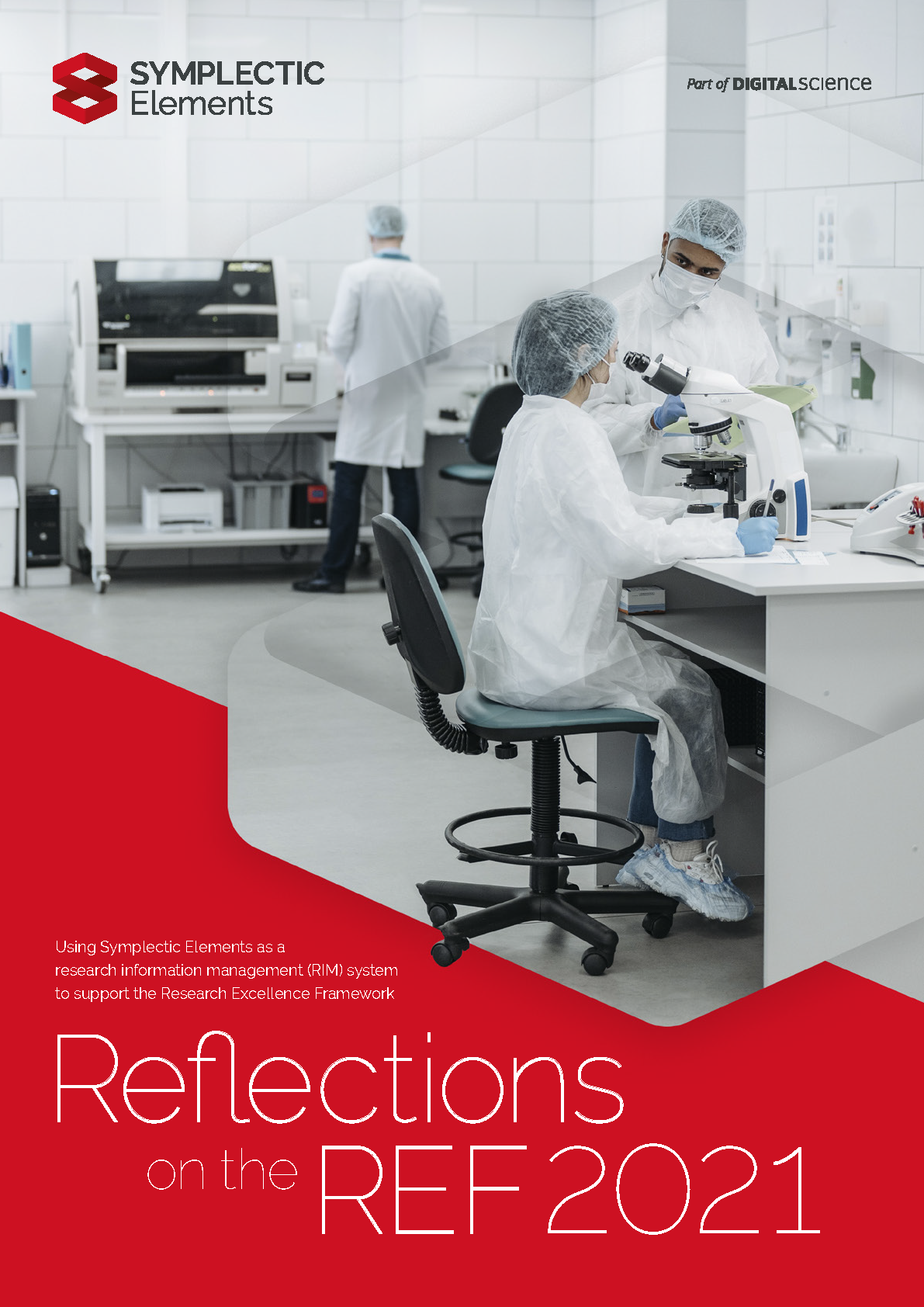
REF 2021
The Symplectic REF Team worked closely with the steering group following the publication of the new 2021 guidelines, rapidly revising the approach to metadata structures and realigning workflows to fit the new regulations in real-time.
"The support we received from the Symplectic team was incredible, and I know the team had to work at pace to get the REF functionality ready given the guidance and submission system requirements were late coming out [from Research England]."
Following the publication of new guidelines ahead of REF2021, the steering committee and wider Symplectic community once again convened to set priorities, including a major rethink on how best to capture metadata to fit the new process. The Symplectic team worked in an iterative manner that would allow institutions to begin collecting and curating assessment information as early as possible while awaiting the release of updated data structures from Research England. New functionality was released every 6 weeks, following an agile methodology. For each release, Symplectic's Senior Product Manager and REF project lead Manya Buchan held a client seminar in order to describe new implementations, field questions and take feedback, ensuring that user adoption and community engagement remained high through the process.
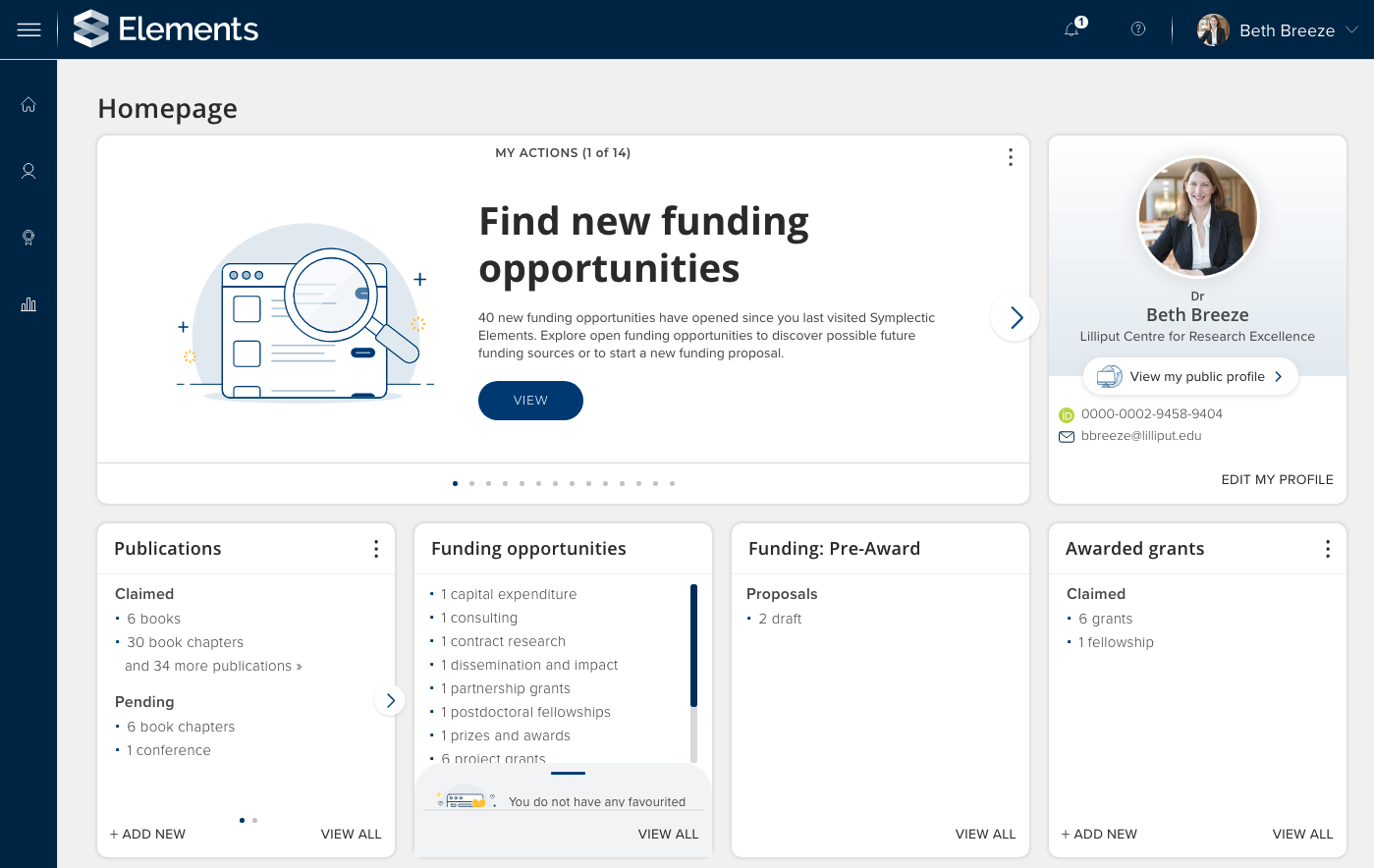
2020
Elements v6 launches
Version 6 was designed with the aim of exceeding all design and ease-of-use expectations and brings to life the most straightforward platform in the market - truly eliminating burden wherever possible.
2021
Symplectic and CC Technology become one team
A fellow sister company of Digital Science, CC Technology, joins Symplectic to become one team focussing on the research and grants ecosystem.
Their flagship platform, CC Grant Tracker manages the entire end-to-end lifecycle of a grant, from the launch of a call for proposals through to the monitoring and evaluation of performance and impact. Clients include some of the world's largest research funders, public bodies, and international development charities, including Wellcome Trust, Leverhulme Trust, Caribbean Development Bank, and Howard Hughes Medical Institute.
"We are very excited to announce we are joining forces with Symplectic. Through this, we will work together in pursuit of the advancement of knowledge, delivering flexible research solutions and providing innovative support for the whole grants lifecycle."
In 2018, CC Technology - who, with their Grant Tracker product, would later become part of the Symplectic team - joined Digital Science. Much as Symplectic Elements was focussed on reducing administrative burden for academic institutions, including supporting researchers in applying to research grants, Grant Tracker was designed to streamline workflows for the funders who needed to review applications for grants.
In 2021, Symplectic and CC Technology joined to become one team, extending our focus from outputs and discoverability of research to focus also on supporting the research and grants funding lifecycle.
Symplectic Grant Tracker delivers effective, impactful grants management for the research funding lifecycle. With 15+ years of streamlining the management and administration of grant-making, we now specialise in empowering mission-driven organisations to make strategic funding decisions.
CC Grant Tracker becomes Symplectic Grant Tracker, with a redefined focus is now on meeting the specified needs of research funders.
Built upon Symplectic Elements and Dimensions, OIEx is a searchable web portal of experts, equipment and services, designed to connect Ohio's academic experts with business and industry to drive innovation.
🔬 Symplectic Grant Tracker delivers effective, impactful grants management for the research funding lifecycle.
With 15+ years of streamlining the management and administration of grant-making, we now specialise in empowering mission-driven organisations to make strategic funding decisions.
2023
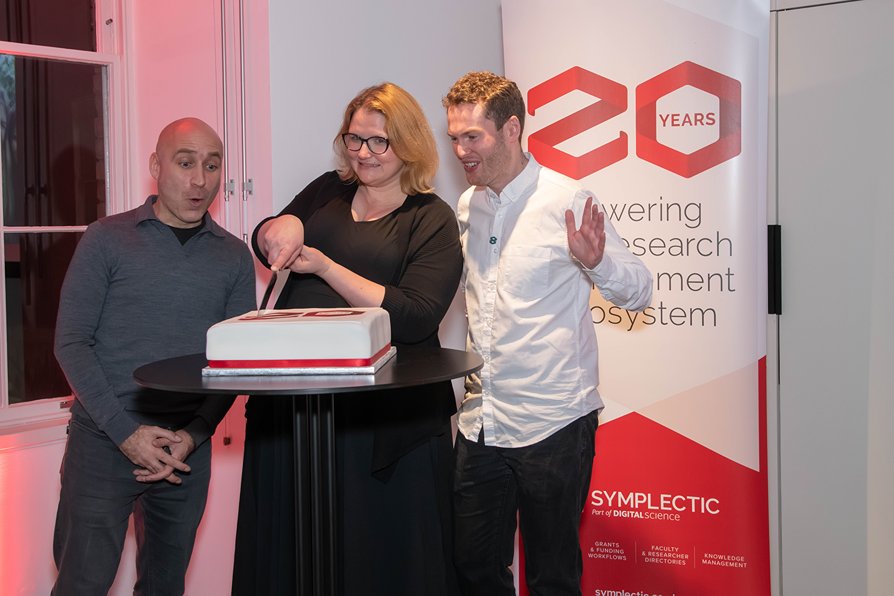
Symplectic celebrates its 20th anniversary. Amongst others, we now serve:
- Thirteen of the Top 25 universities in the world, and 25 of the Top 100 (Times Higher Education rankings)
- Nine Russell Group universities in the UK
- Three Ivy League universities in the US
- Three Group of Eight universities in Australia
- Leading long-term clients such as the University of Oxford, Carnegie Mellon University, University of Auckland, and the National History Museum (UK)
- Research funding and philanthropic clients such as The Howard Hughes Medical Institute, Macmillan Cancer Support, and Worldwide Cancer Research.
As of 2023, our evolving mission now can be broken down into 6 core areas of focus:
We seek to:
- Relieve Administrative Burden & Empower Researchers
We free up researchers and administrators in the research office and grants teams to concentrate on value-add activities rather than manual admin, giving them more time to spend on what's important. - Drive & Support Collaboration & Innovation
We help researchers find mentors, collaborators, scientific equipment and other institutional research services - helping them do their research better and driving better cross-pollination of knowledge across disciplines. - Enable Funding of Research
We help research funders manage their grants award processes and grants applicants build the best applications We help research funders manage their grants award processes and grants applicants build the best applications - Enable Open Access for the Benefit of All
We make it easier for researchers and institutions to make their publications & data open access, making knowledge more widely accessible for all (including developing countries). - Gain Insight & Track the Impact of Research Done
Powerful reporting tools help organisations track KPIs, monitor progress on things like how much of research is actively contributing to initiatives such as SDGs or Open Access workflows, or analyse and understand the impact of grants and funds allocated and research carried out. - Promote Research Excellence
The Elements assessment module makes it easier for institutions to assess and demonstrate research excellence, through activities such as the Research Excellence Framework in the UK, PBRF in New Zealand, ERA in Australia, and Faculty Annual Reporting (FAR). This helps to ensure that research and teaching carried out is of the highest quality.
